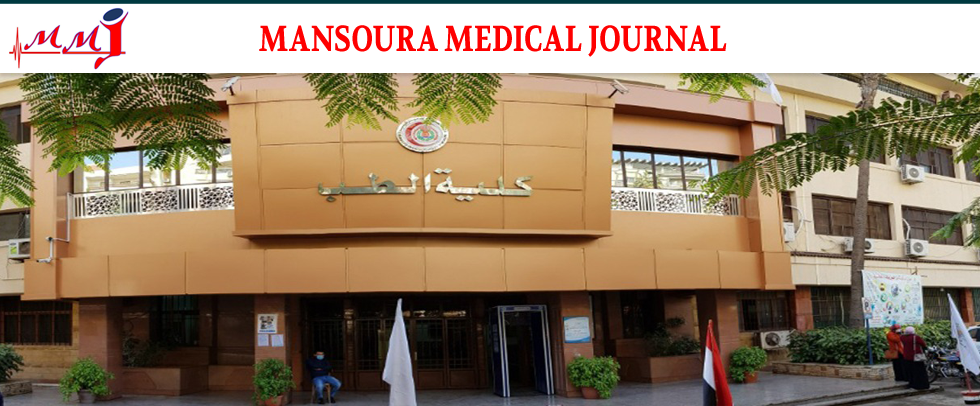Subject Area
Orthopaedic Surgery
Article Type
Original Study
Abstract
Objective To compare the short-term clinical outcomes of partial meniscectomy and anatomical root repair for medial meniscus posterior root tears (MMPRT) in terms of knee function, pain relief, and joint stability. Methods This prospective, randomized case-control study was conducted at Mansoura University’s Knee Surgery, Arthroscopy, and Sports Injuries Unit from February 2016 to August 2018. Sixty-three patients diagnosed with MMPRT were randomized into two groups: 30 underwent arthroscopic root repair (R group) with stable fixation, and 28 underwent partial meniscectomy (M group). Patient evaluation included preoperative and postoperative Knee Injury and Osteoarthritis Outcome Scores (KOOS) across pain, symptoms, activities of daily living (ADL), sports, and quality of life (QOL). Additional assessments included MRI, McMurray test, joint line tenderness, varus stress test, and radiographic evaluation of osteoarthritis progression. Statistical analyses employed SPSS, with p-values < 0.05 considered significant. Results Both groups showed significant improvement in KOOS subscale scores over time. The meniscectomy group exhibited faster initial improvements in pain, symptoms, ADL, sports, and QOL scores within six months, while the root repair group demonstrated superior outcomes in the final follow-up, particularly in pain and symptom subscales. Two patients met the clinical failure criteria, requiring additional partial meniscectomy within 12 months. MRI findings, including meniscal extrusion and the ghost sign, confirmed consistent tear patterns across groups. Conclusion Root repair for MMPRT resulted in superior long-term outcomes compared to meniscectomy, despite slower initial recovery. While meniscectomy provided faster pain relief and mobility in the short term, root repair preserved meniscal function and stability, suggesting it may better protect against osteoarthritis progression. Further studies are warranted to assess long-term joint preservation benefits.
Recommended Citation
Badran, Mohamed Aboelnour; Eltahery, Mohamed H.; Elganiny, Abdelrahman; and Elsallab, Roshdy Mostafa
(2025)
"Medial Meniscus Posterior Root Tear. A Short-Term Intervention Study,"
Mansoura Medical Journal: Vol. 53
:
Iss.
3
, Article 6.
Available at:
https://doi.org/10.58775/2735-3990.1432
Creative Commons License

This work is licensed under a Creative Commons Attribution 4.0 International License.



